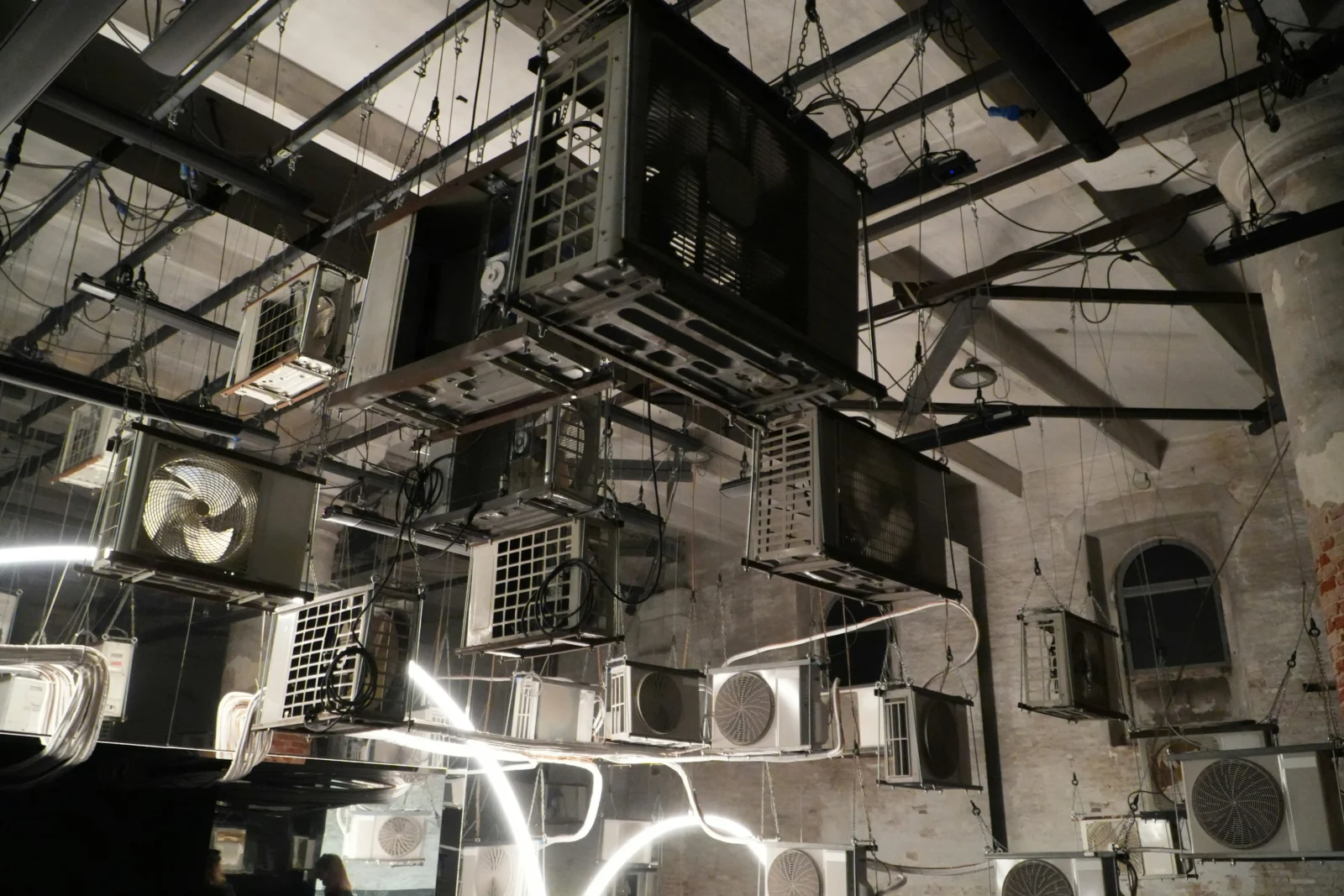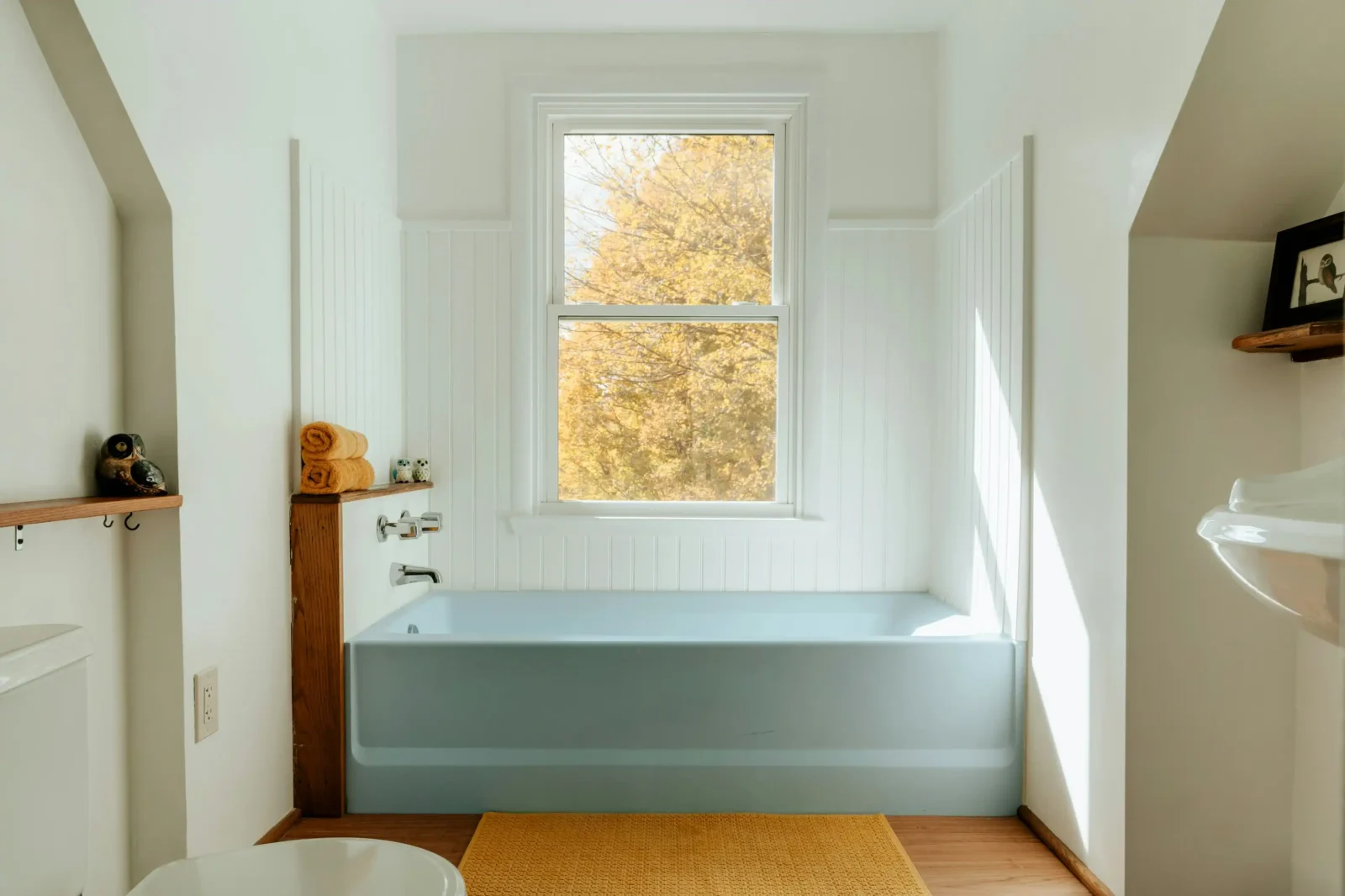- Home
- Articles
- Architectural Portfolio
- Architectral Presentation
- Inspirational Stories
- Architecture News
- Visualization
- BIM Industry
- Facade Design
- Parametric Design
- Career
- Landscape Architecture
- Construction
- Artificial Intelligence
- Sketching
- Design Softwares
- Diagrams
- Writing
- Architectural Tips
- Sustainability
- Courses
- Concept
- Technology
- History & Heritage
- Future of Architecture
- Guides & How-To
- Art & Culture
- Projects
- Interior Design
- Competitions
- Jobs
- Store
- Tools
- More
- Home
- Articles
- Architectural Portfolio
- Architectral Presentation
- Inspirational Stories
- Architecture News
- Visualization
- BIM Industry
- Facade Design
- Parametric Design
- Career
- Landscape Architecture
- Construction
- Artificial Intelligence
- Sketching
- Design Softwares
- Diagrams
- Writing
- Architectural Tips
- Sustainability
- Courses
- Concept
- Technology
- History & Heritage
- Future of Architecture
- Guides & How-To
- Art & Culture
- Projects
- Interior Design
- Competitions
- Jobs
- Store
- Tools
- More
The Influence of Window Placement on Your Interior Design

The placement of windows in a room can have a significant impact on the look, feel, and function of your interior space. It’s more than just letting in light – it’s about creating a harmonious environment that enhances your overall design. Thoughtful window placement can improve natural lighting, offer stunning views, and influence the perception of space. Whether you’re designing a new home or renovating your current one, understanding the effect of window placement is crucial in shaping the atmosphere of each room.
Table of Contents
ToggleEnhancing the View
Windows are a frame for the world outside, so it’s important to consider what you’ll be looking at when positioning them. If your home is in a location with beautiful outdoor scenery, such as a garden, lake, or city skyline, placing windows to showcase these views can greatly enhance the atmosphere of the room. To enhance the view, consulting with the workmen from https://louisvillewindowcompany.com/ can help you decide on your best options to maximize natural light and frame beautiful outdoor scenery. Whether it’s a large panoramic window or a smaller accent window, strategically placing windows to maximize your view can create a more enjoyable and relaxing space that connects your interior to the outdoors.
Maximizing Natural Light
Natural light is a key component in interior design. Proper window placement allows you to make the most of daylight, reducing the need for artificial lighting and creating a warm, inviting atmosphere. Rooms with well-placed windows benefit from bright, consistent lighting throughout the day, especially when positioned to capture sunlight in the morning or afternoon. Larger windows or strategically placed smaller windows can open up a space, making it feel more expansive. If you’re looking to bring more light into darker rooms, consider placing windows on multiple walls to allow sunlight from different angles to brighten the space.

Creating a Focal Point
By placing windows in key positions, you can highlight certain features of the room, such as a beautiful piece of furniture or a fireplace. For example, a large bay window can emphasize the central position of a seating area, while a smaller window can frame an artwork or sculpture. When designing a room, think about where you want the eye to be drawn and position your windows to align with that. This can create a balanced, intentional flow in the room’s layout, ensuring that your design elements complement each other.
Balancing Privacy and Openness
While windows provide openness and connection to the outside world, they can also create privacy concerns. The key is balancing the need for natural light and air with your desire for privacy. In rooms like bedrooms or bathrooms, placing windows in a way that avoids direct views from neighbors or streets can help maintain privacy. Consider using frosted glass, curtains, or blinds to control visibility. On the other hand, in more public areas like living rooms or dining rooms, larger windows or glass walls can help open up the space and create a more welcoming, airy feel. It’s about finding the right window placement that respects both your need for light and your need for privacy.
Architectural Style and Window Design
The architectural style of your home can dictate the size, shape, and placement of windows. For example, modern and minimalist designs often feature floor-to-ceiling windows, offering unobstructed views and natural light. On the other hand, traditional or cottage-style homes may feature smaller, more symmetrically placed windows that provide a cozy, intimate feel. The placement of windows can also affect how a room feels about the rest of the home. For example, placing windows on the same plane as walls or having them align with doorways can create visual consistency, while asymmetrical window placement can offer a more eclectic, modern vibe. Understanding how windows fit into your overall design concept will help ensure that your interior design feels cohesive.

Influencing Room Temperature and Comfort
A room’s exposure to direct sunlight can increase its temperature, making it feel warmer or cooler depending on the time of day and the season. South-facing windows typically receive the most sunlight throughout the day, so placing windows in this direction can warm up a room during the winter months. However, in the summer, these windows might increase heat buildup. In contrast, north-facing windows provide cooler, softer light. By strategically placing windows in specific directions, you can influence the room’s comfort level, ensuring that the space stays cozy or cool as needed.
The impact of window placement on interior design cannot be overstated. From controlling natural light and enhancing views to improving privacy and temperature control, the position and design of your windows are integral to creating a functional, comfortable, and beautiful living space. Whether you’re aiming for a bright and airy feel or a cozy, intimate atmosphere, consider how window placement can elevate your home’s design. By thoughtfully incorporating window placement into your design plan, you can create a space that truly feels like your own.
illustrarch is your daily dose of architecture. Leading community designed for all lovers of illustration and #drawing.
Submit your architectural projects
Follow these steps for submission your project. Submission FormLatest Posts
How to Choose the Right HVAC Installation Service
A quiet mechanical system starts with sound choices before any equipment arrives....
10 German Kitchen Ideas to Inspire a Sleek and Functional Modern Home
German kitchens are renowned worldwide for their innovative designs, exceptional quality, and...
Gift Ideas for Architects and Designers: Useful, Beautiful Picks They’ll Actually Love
Gift ideas for architects and designers: curated, use-in-studio picks by budget and...
How to Use the Golden Ratio for a Balanced Kitchen Remodel
Have you ever seen a kitchen and it just looked right to...











Leave a comment